Best Garmin cycling computer: everything you need to know about the range
Whether you're looking for a Garmin Edge as a navigational aid or a computer to push your training, this guide will help you choose the best Garmin Edge for you
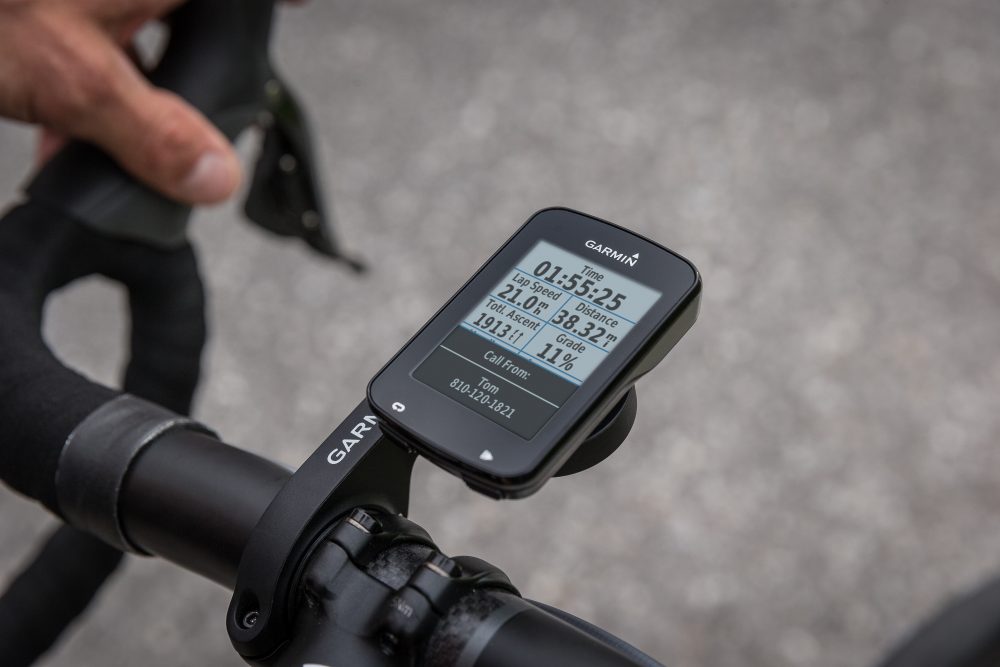

Luke Friend
While Garmin no longer dominates the cycling computer market in quite the way it once did, the brand is still synonymous with GPS head units.
Its current range reflects the growth of the sector as well as the expanding demands of us riders. The result is an extensive and nuanced line-up that looks to offer devices for all, whether you’re training for your next race, plotting a multi-day bikepacking route or simply looking to know how far you’ve cycled and how long it took you.
The continued expansion of Garmin’s line-up now means that it offers GPS cycling computers at varying price points, many of which have made it into our buyer’s guide to the best bike computers. In fact the difference in cost between its entry level model, the Edge 130 Plus, and its most expensive offering, the Edge 1040 Solar is considerable. Which means it's important to consider what you need, and perhaps just as importantly, what you don't, before splashing out.
If you’re after plenty of data collection to aid your fitness goals you’ll have to pay for it, but it’s likely to feel like money well spent. However, if you're more concerned with just knowing how far you've gone and how long it took you, then a simple machine like the Edge 130 is likely a better fit. Similarly, if you use your cycling computer primarily as a navigation tool, then the Edge Explore will be well-suited to your needs.
Based on our reviews we've selected what, in our view, are the six standout models of Garmin’s current range - three from the newest models, and three more from the older series. We then highlight other older models that are still available.
The quick list
New models
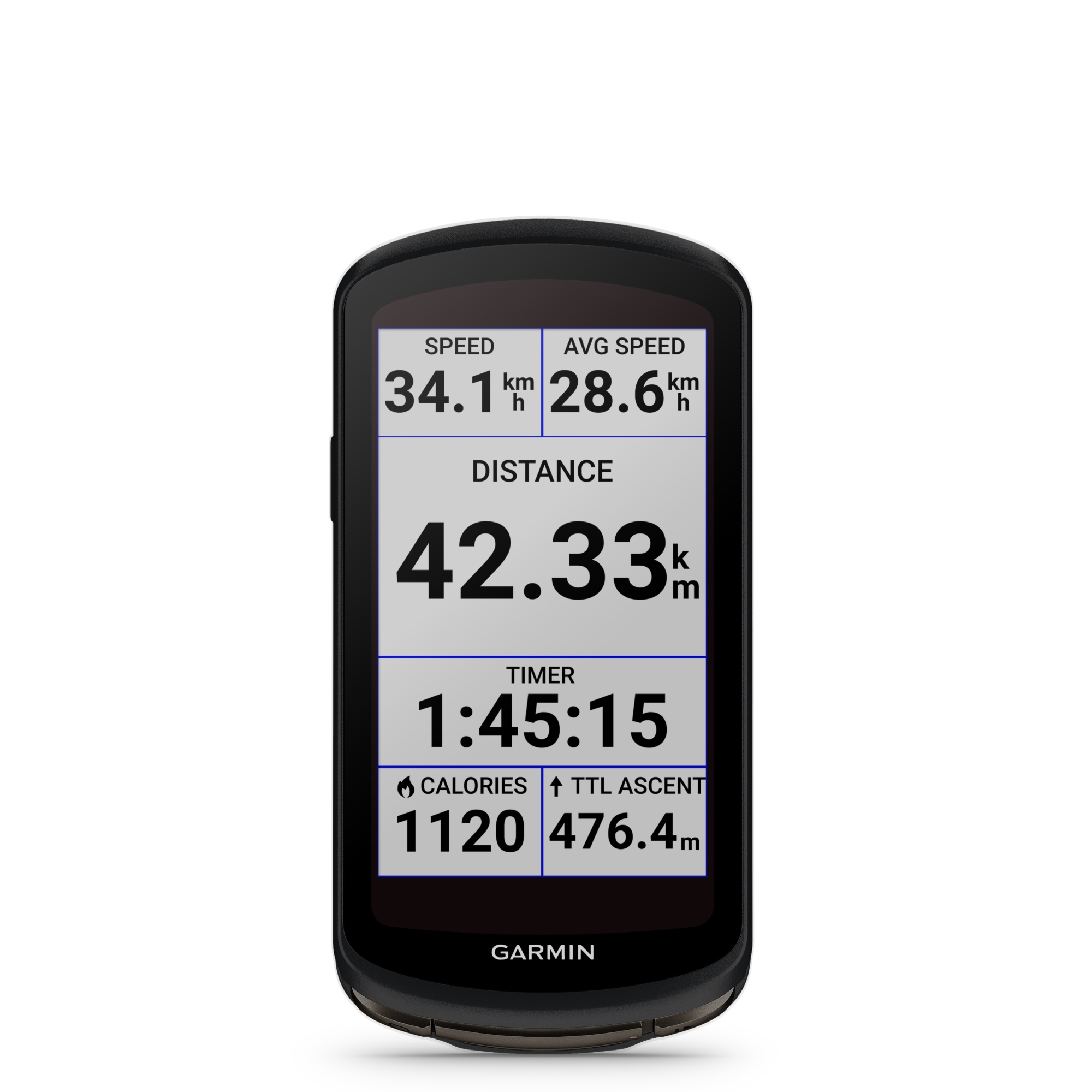
The range-topping Edge 1040 Solar is a bells and whistles unit, loaded with features and maps, all viewed via a 3.5" touchscreen.
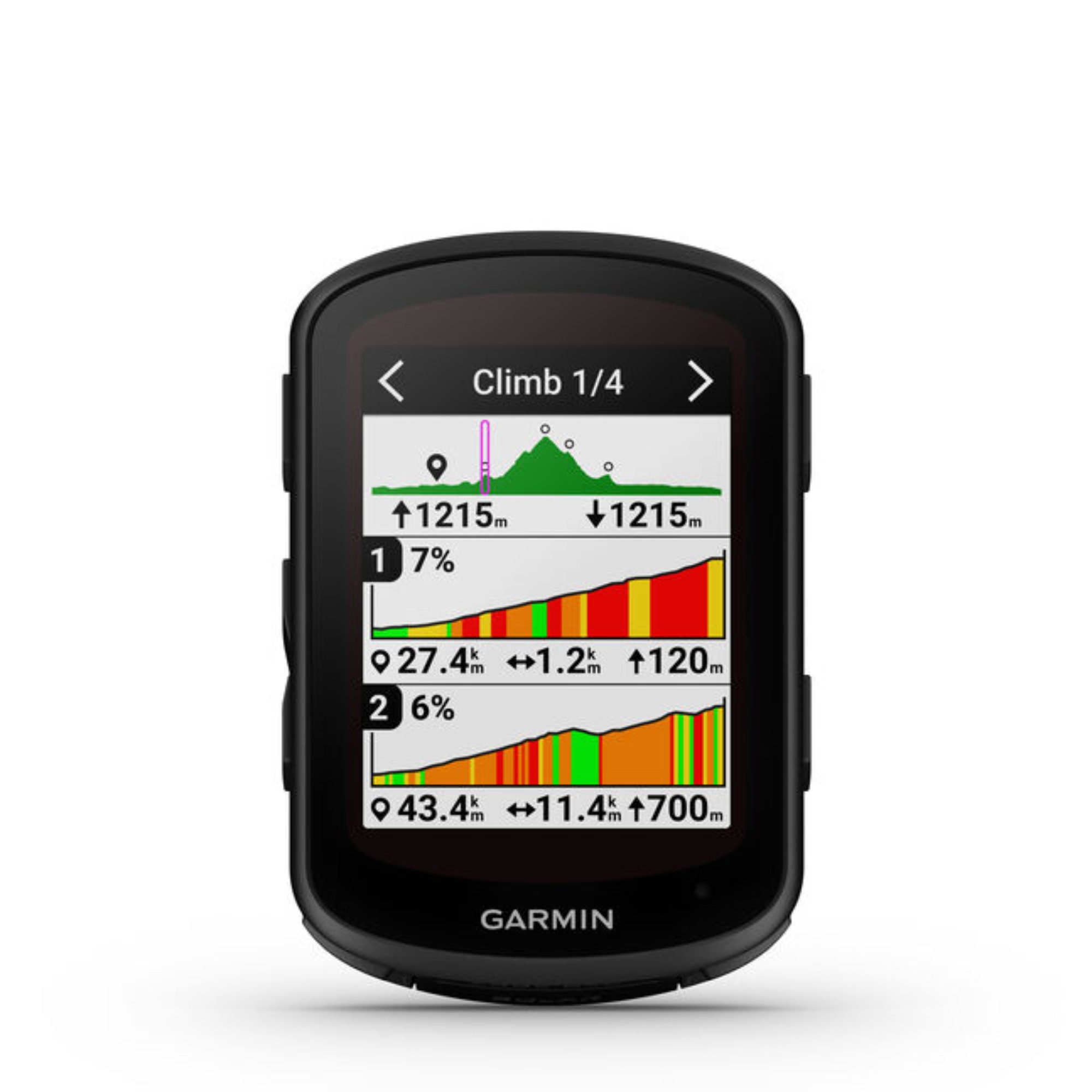
Exceptional battery life, multi-band GNSS for improved connectivity and accuracy and tons of training features - but all in a 2.3" x 3.4" package.

Like the Edge 840 but without a touchscreen, the 540 delivers training tools galore alongside comprehensive mapping and long battery life.
Older series
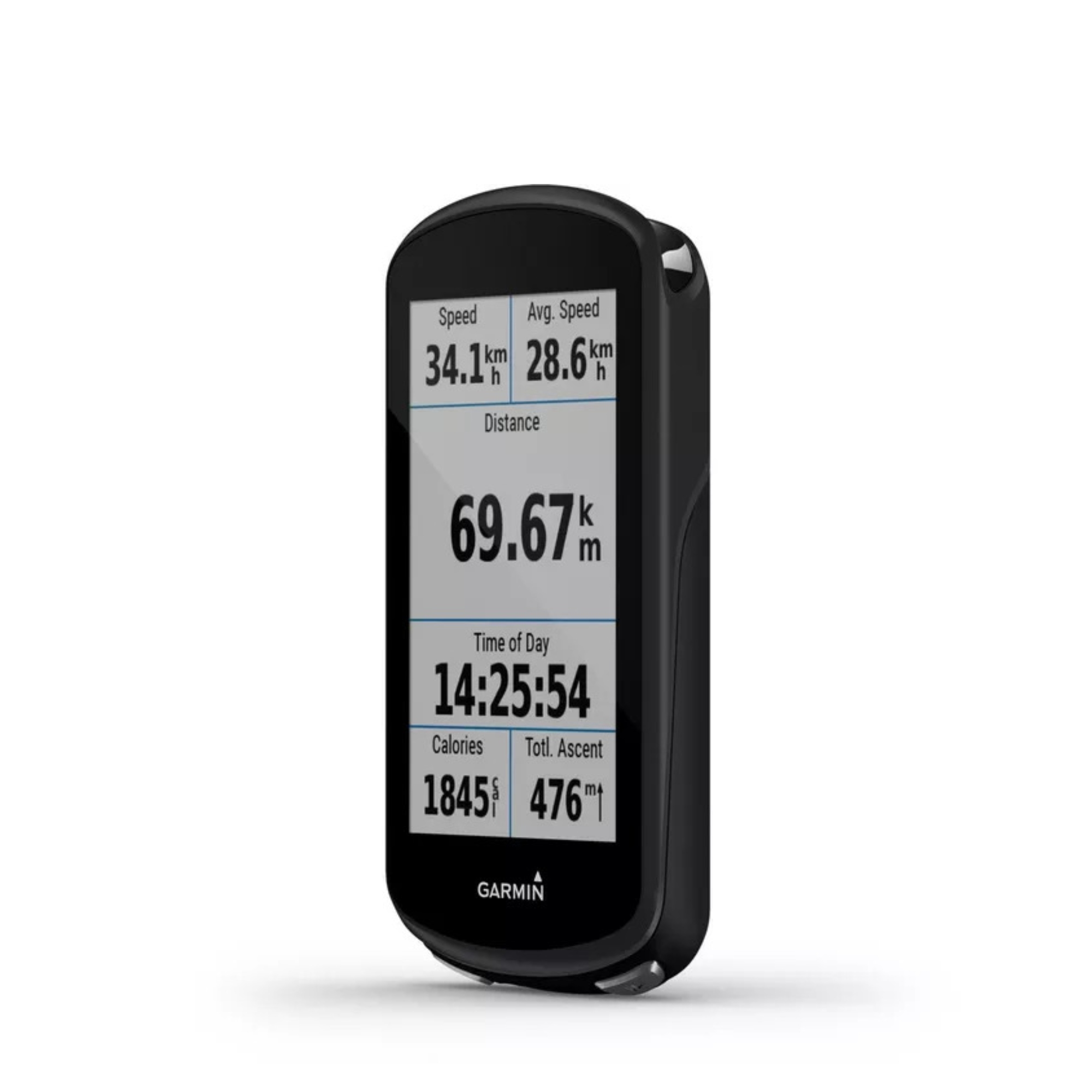
While the 1040 now tops the range, the 1030 set the standard for large screen computers. Consider if clarity, for maps and metrics, is your thing.
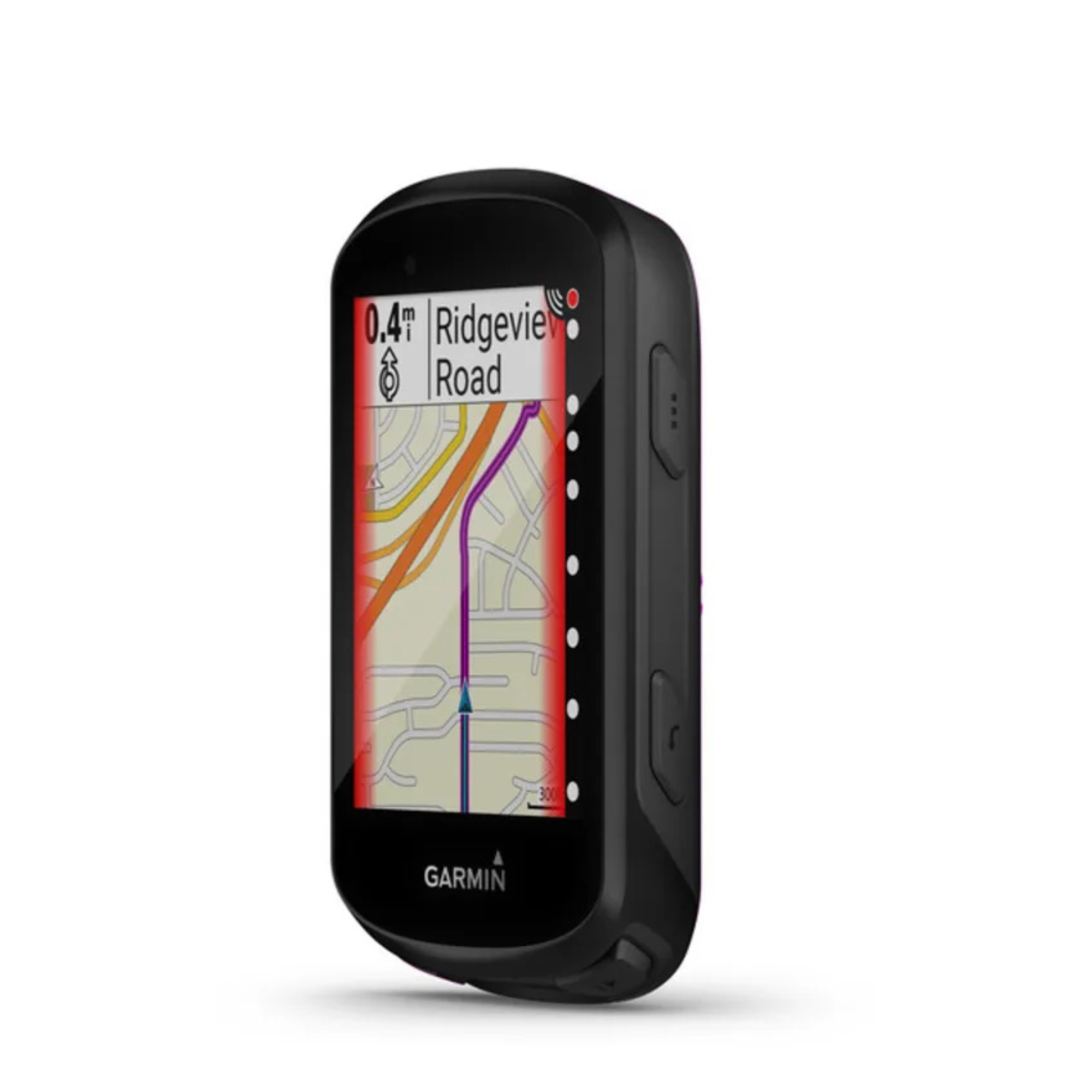
Size isn't everything, and the 530 Plus delivers great performance and impressive value for those who prefer a more compact head unit.
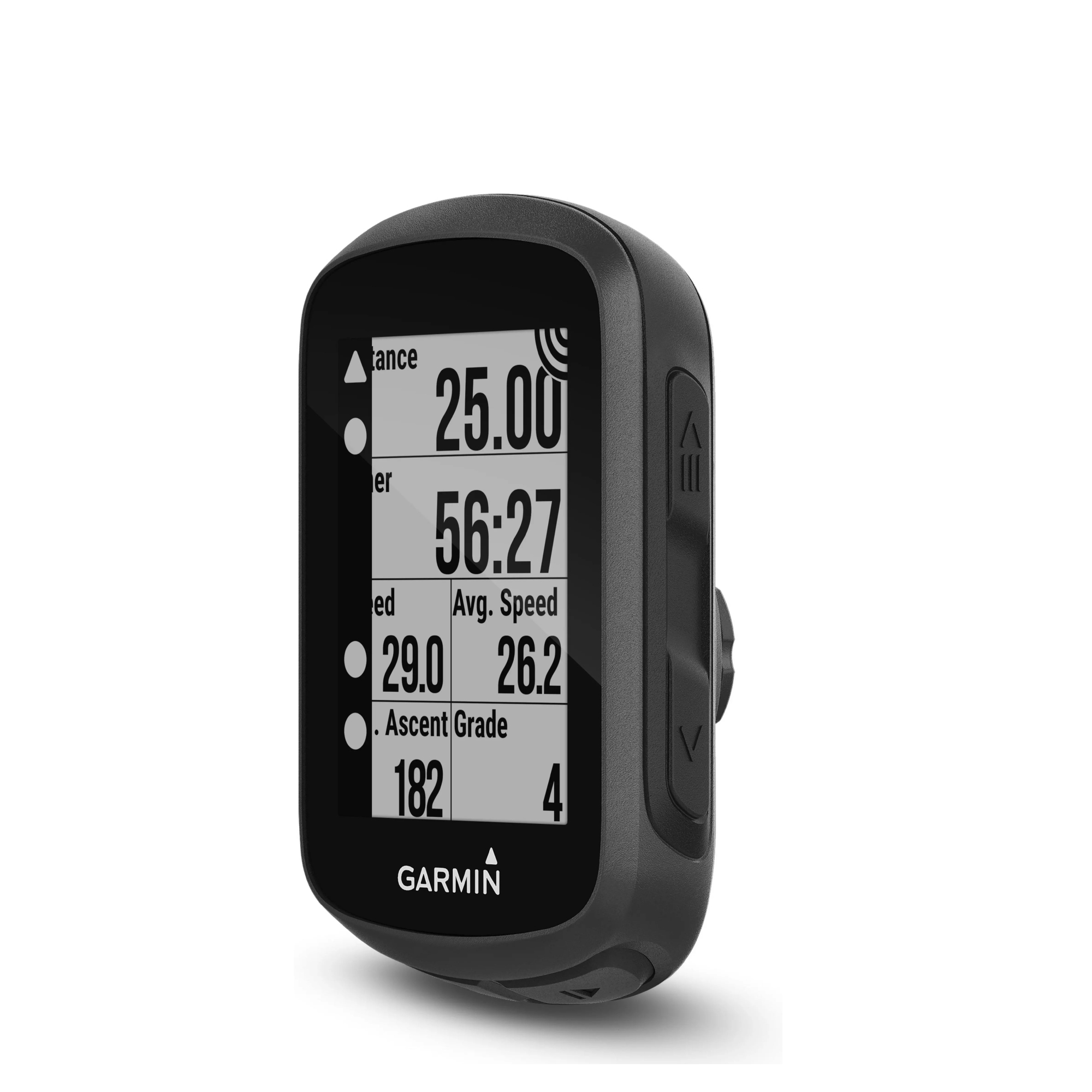
It's the cheapest Edge unit but if you're ok with a 1.8" screen, you get a reliable breadcrumb map and cool features such as ClimbPro.
Best Garmin Cycling Computers: New series
Best do-it-all unit
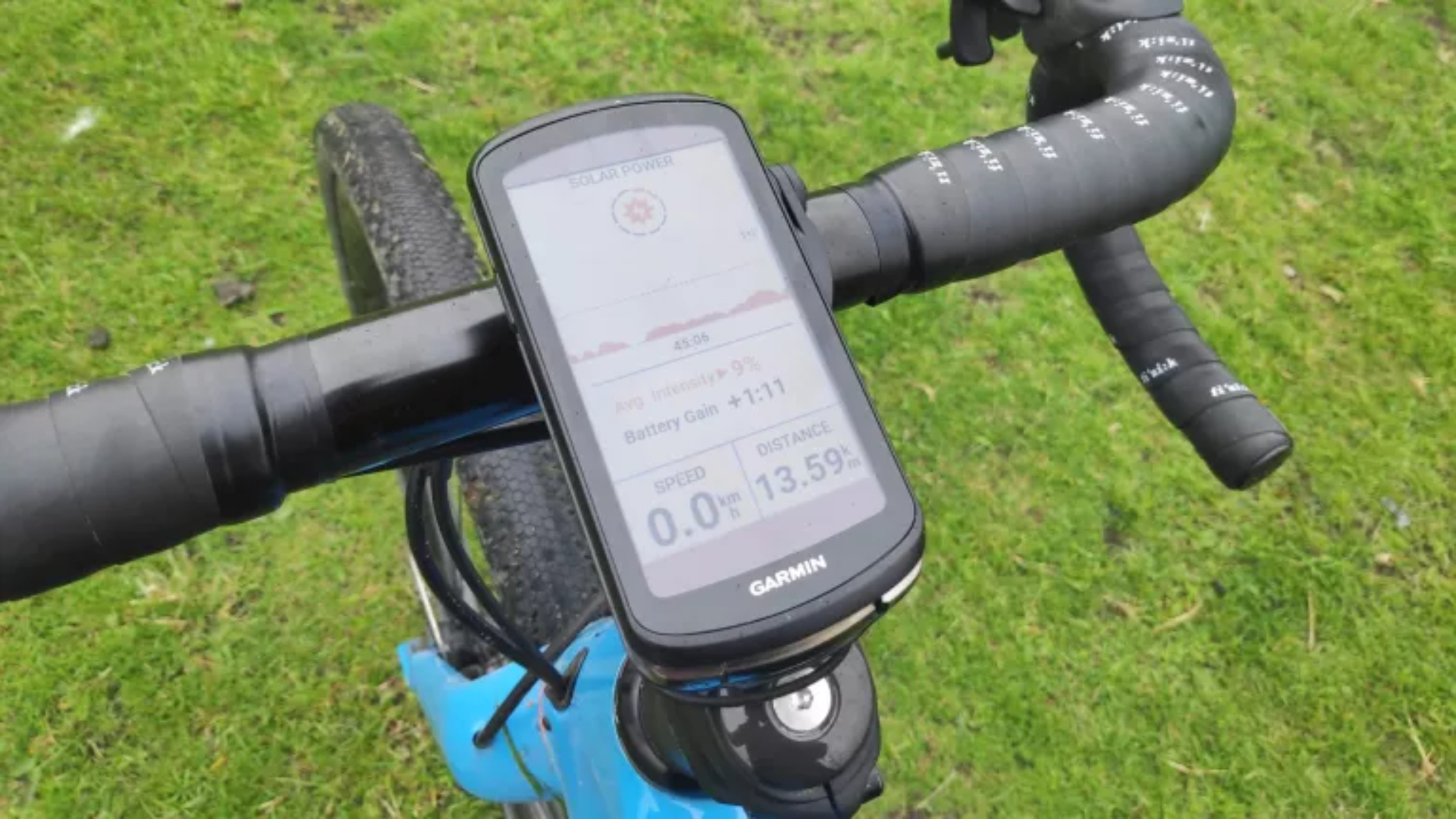
The Edge 1040 Solar is packed with training and navigational features
1. Garmin Edge 1040 Solar
Our expert review:
Specifications
Reasons to buy
Reasons to avoid
Value for money exists at all price points. Take the new Edge 1040. Yes, it’s an expensive cycling computer but its roughly the cost of the older Edge 1030 Plus.
These two premium models go toe-to-toe in the same way that the Edge 830 and Edge 530 can. They both share a 3.5” color touchscreen. They weigh the same give or take a couple of grams and offer many of the same features. In fact, given the similarity it’s much easier to look at what separates the two units rather than the elements that unite them.
Switch the Edge 1040 on and you’ll notice an immediate difference from other Garmin models; the software update means a revamped home page that offers a range of customisable data fields. On our first ride we found the new interface to be easy-to-use and an improvement on the previous incarnation. As for those new data fields, both the Power Guide and the Real Time Stamina are new additions that you won’t enjoy on the older 1030 Plus; essentially they provide you with a pacing strategy for a selected route.
Another marked difference between the 1040 and the 1030 Plus is the former’s use of multi-band GNSS. If you suffer from poor connectivity and GPS time-lag issues with your current Garmin then the combination of multiple satellite systems and a second frequency could be a real selling point. As for battery life, Garmin claims that the 1040 can deliver up to 36 hours, which is around 10 hours more than the 1030. The 1040 also comes in a solar powered option, but naturally this is more expensive again.
Best compact unit with touchscreen
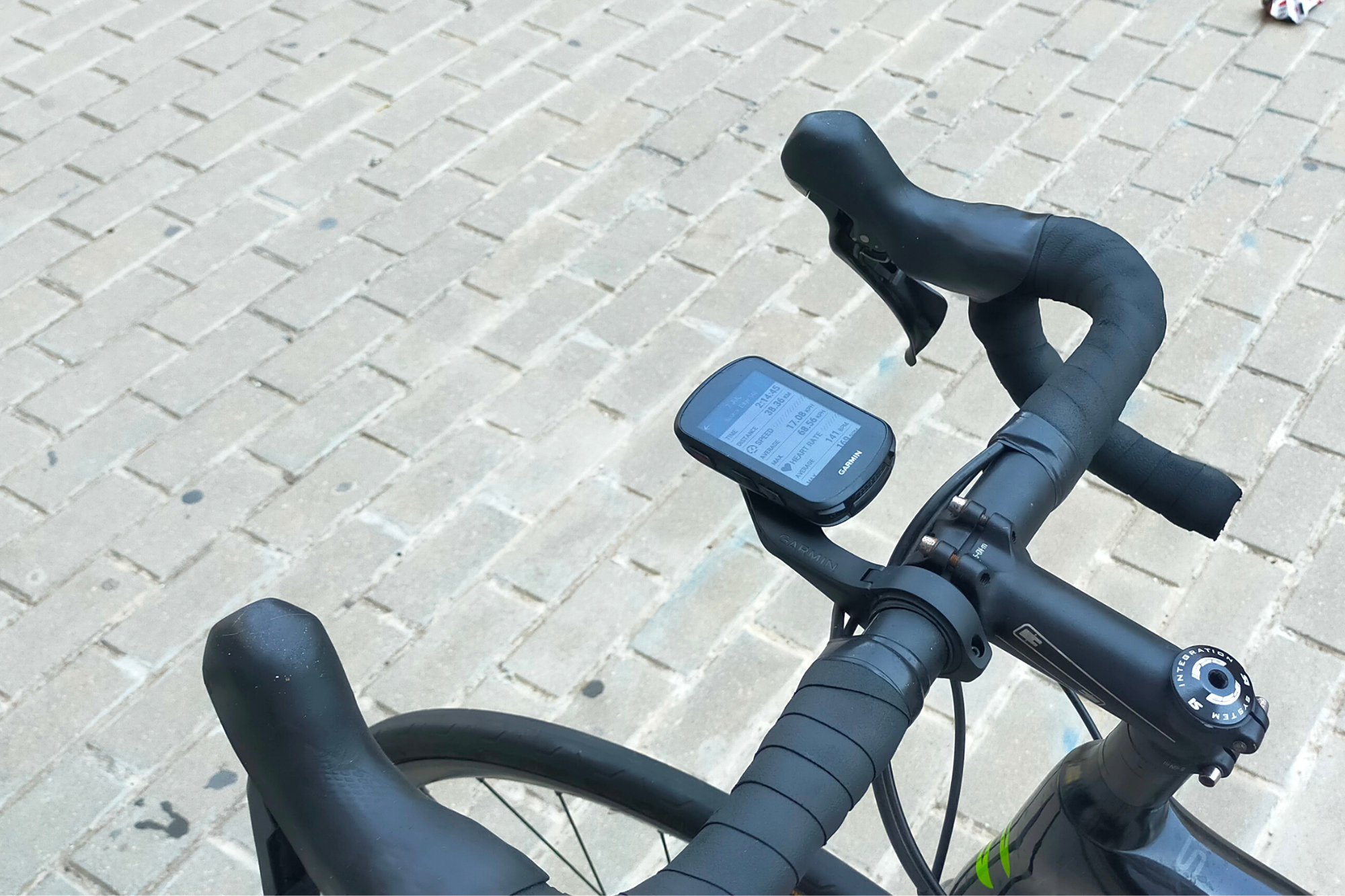
Specifications
Reasons to buy
Reasons to avoid
As you might guess, the Edge 840 is Garmin's update of the beloved 830. It's offered in both a solar and non-solar version and sits between the 540 and the 1040 in the current Edge line-up. Fans of the 830 will be glad to see that the compact shape remains, and while it does have buttons - seven in total - it uses a touchscreen that's effective and easy to use.
Aimed predominately a cyclists who are after a tool to aid their training, the 840 is packed with features and data insights. There's far too many too list here but you can read the full Edge 840 review for a complete rundown. However, when we reviewed the computer we particularly enjoyed the ClimbPro and Real Time Stamina features. ClimbPro provides a dedicated climb screen for an ascent with gradient, distance and other pieces of information regardless of whether you are using a preloaded course or not. The Real Time Stamina feature estimates your stamina and potential, with your heart rate and power figures from the last few minutes visible, helping you to better monitor your effort. It's clever stuff indeed.
As for mapping, the Edge 840 boasts a multiband Global Navigation Satellite System (GNSS) for improved positioning accuracy. We found that connection was lightening quick, the GPS was typically accurate to a few meters and the maps where as detailed as we've come to expect from Garmin.
Battery life is really impressive too. Garmin's claims of 32 hours and 60 hours in battery save mode are accurate and the solar version means you can gain as much as 25 minutes per hour in this mode during daytime rides. It's worth noting though that this is based on '75,000 lux conditions', which is far more sunlight that many of us typically see.
Read more: Garmin Edge 840 full review
Best all rounder
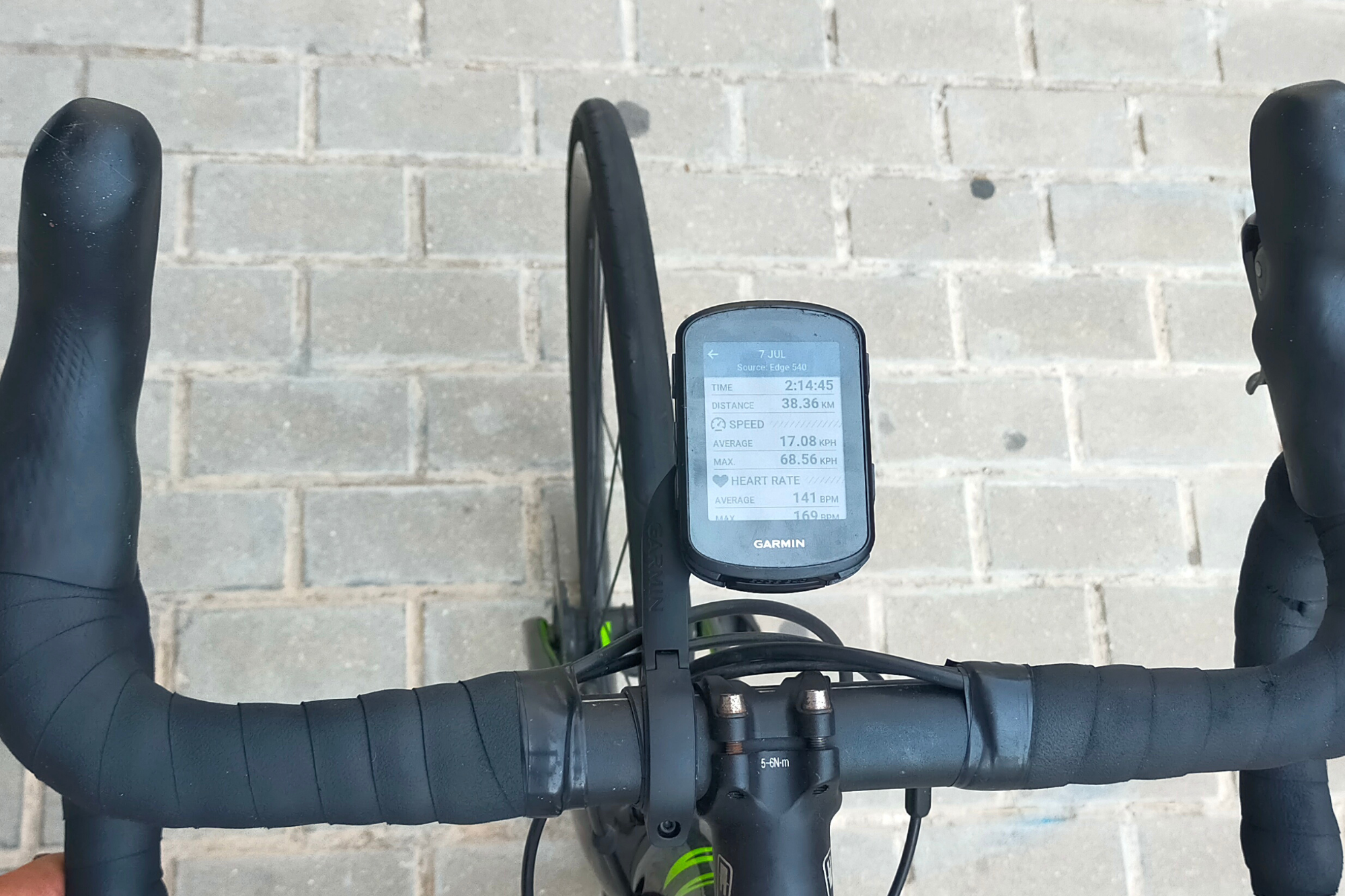
Specifications
Reasons to buy
Reasons to avoid
Looking at the Edge 540 you'd be forgiven for mistaking it for the more expensive 840. The updated devices are both the same size and have a deceptively similar look and feel - indeed Garmin even lists the 840/540 as part of the same family. However, the 540 doesn't feature a touchscreen, essentially the biggest difference between the two computers.
If you're a fan of using buttons you're in luck. The battery life is equally as impressive and you'll still be able to access a huge range of features to aid your training. As with the 840 it's a long list and you can read our comprehensive review of the Edge 540 for more detail. Suffice to say the excellent ClimbPro feature is here alongside a slew of power, heart rate, cadence and other training data.
Connectivity is excellent (via Bluetooth, ANT+ and WiFi) and during our review period the GPS accuracy was "near flawless", although we did miss the touchscreen which makes navigating the maps far easier.
Read more: Garmin Edge 540 full review
Best for navigation & e-bikes
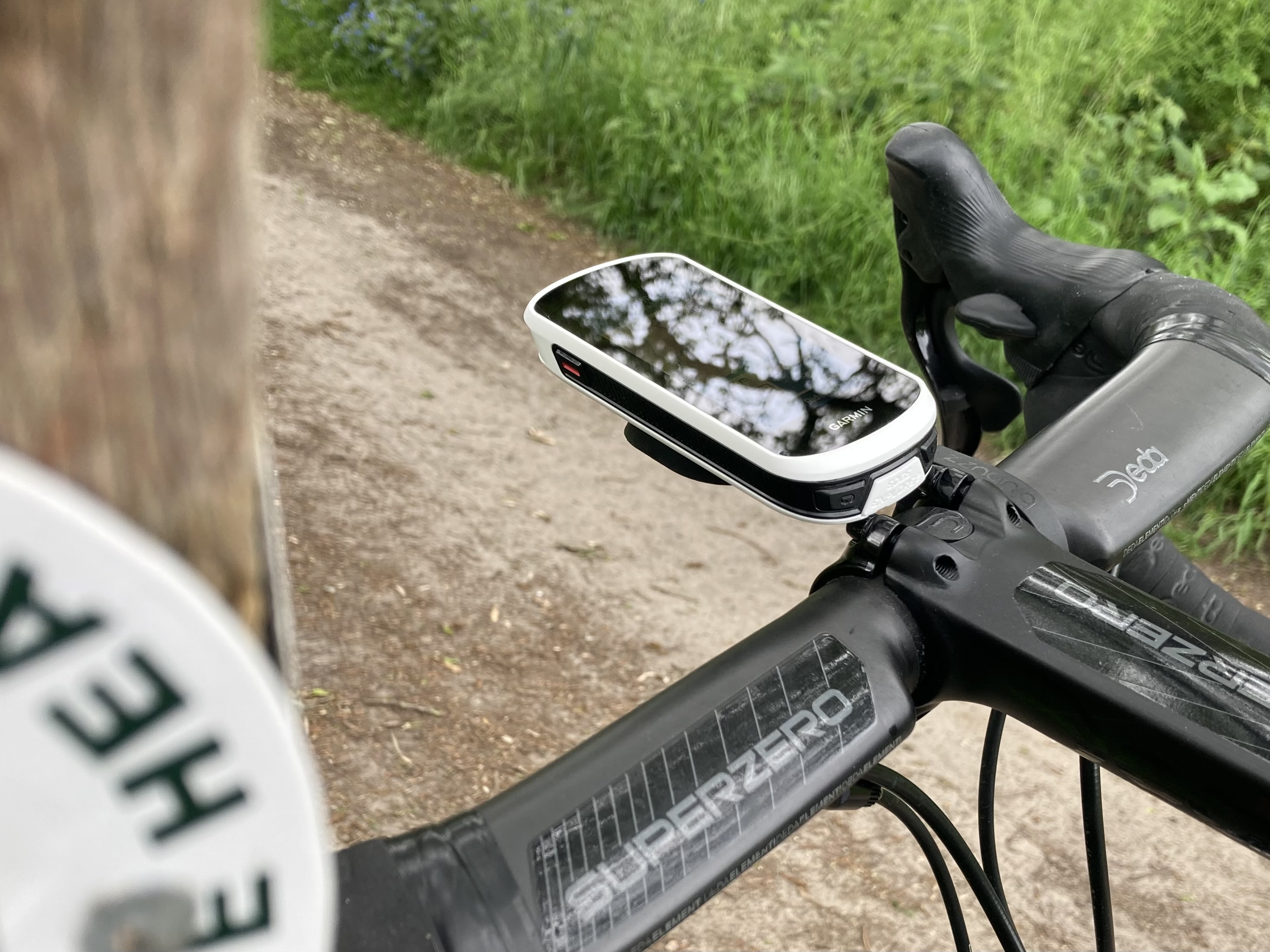
The Edge Explore is designed for cyclists looking for adventure without getting lost
Specifications
Reasons to buy
Reasons to avoid
As Garmin’s newest GPS cycling computer you’d expect the Edge Explore 2 to offer plenty of advanced features. And, to a degree, it does. Like the Edge 130 Plus it includes the ClimbPro ascent planner and measures your VO2 max. You can also download free data fields from the Garmin Connect IQ store and connect it to your heart rate monitor or power meter.
However, if you’re interested in analyzing your FTP, for example, you’ll want to look elsewhere. This is a paired-back machine, aimed less at your performance and more at your peace-of-mind. Time. Speed. Distance. All the info you need for your day-to-day riding, without the confusion of data you don’t. Garmin says it's also ready to go out for the box, furthering its ease-of-use.
But as its name suggests the Explore 2 excels as a navigation device. And it’s here we feel that its value rises. You get a 3” touch screen. That’s .4” larger than the more expensive Edge 530 and 830 models - and the 530 isn’t a touchscreen. To find a larger screen in the Garmin line-up you’d need to stump up more cash for the Edge 1040.
The maps are full color and include preloaded options which use Garmin’s Trendline mapping system that analyses miles of ride data so it can offer routes that avoid high-traffic areas as well as highlighting points of interest along the way. The turn by turn navigation system is also compatible with courses created on the best cycling apps, Strava, Komoot and, of course, its own Garmin Connect app. There’s also off-course recalculation in keeping with the computer’s adventurous spirit.
The Explore 2 boasts on-the-go charging for electric bike users. It also serves up a dedicated screen displaying battery life as well as offering smart routing and range alerts based on how much juice you have left. It does require the purchase of an additional Power Mount, which plugs into a Bosch or Shimano electric bike battery, and perhaps doesn’t help the Edge Explore 2’s value-for-money credentials. However, it does give it a significant advantage over other Garmin Edge bike computers if you spend a chunk of your riding time aboard an electric bike.
Read more: Garmin Edge Explore 2 full review
Best Garmin Cycling Computers: Older Series
Best large format unit
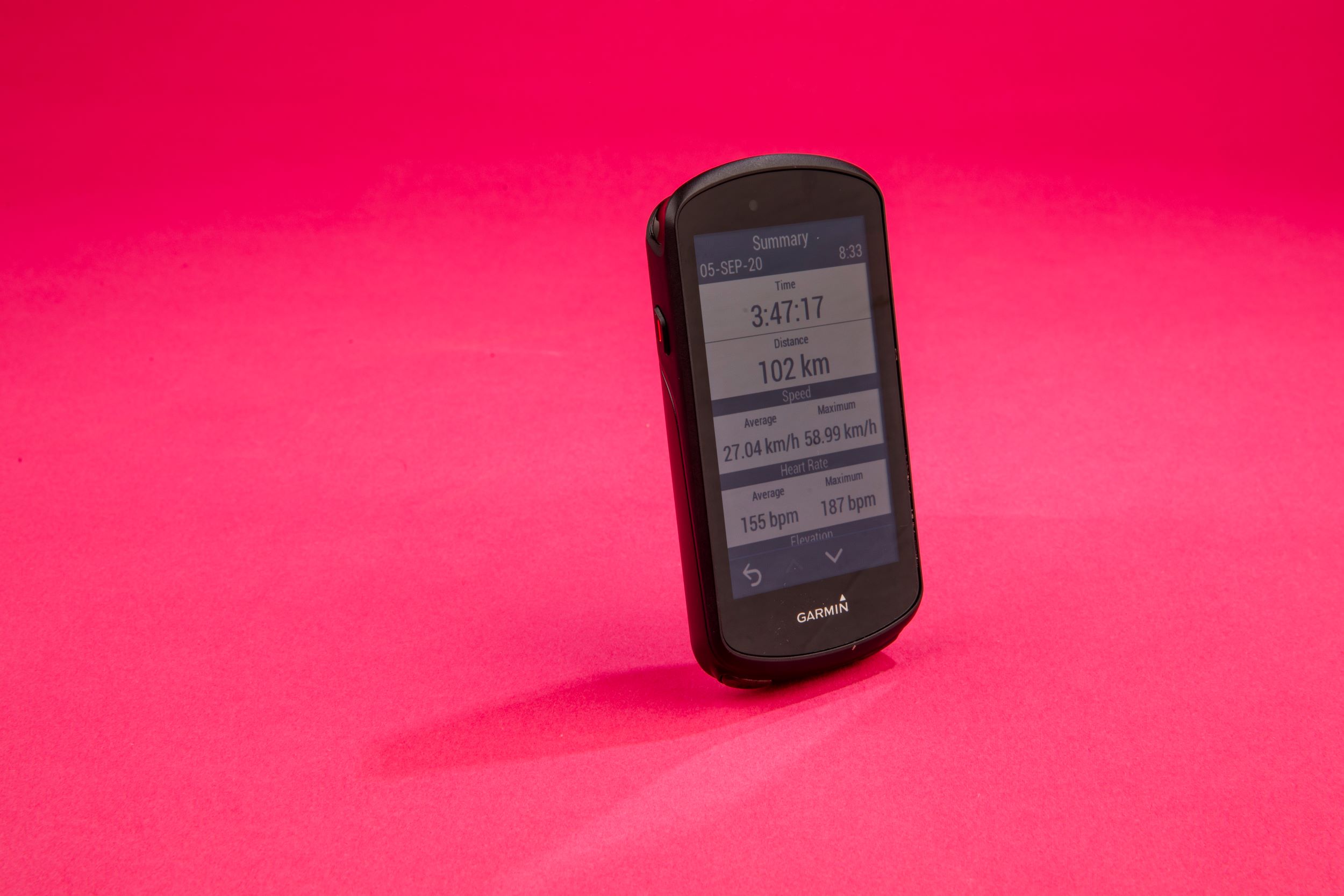
No longer the flagship Edge model the 1030 Plus is still plenty of computer for most cyclists
Specifications
Reasons to buy
Reasons to avoid
No longer the flagship model of the Garmin range, the Edge 1030 Plus however still offers plenty - if you can get your hands on one. While it's not discontinued stock levels do appear to be low with many retailers.
It offers US and UK region maps as standard while extending Garmin's capability with turn-by-turn navigation even when riding off-road. The mapping is clear while the touchscreen allows you to pinch and zoom the map, just like on a mobile phone. Battery life is also excellent, providing at least 24 hours run-time and more if you tone things down.
We found that the large 89mm diagonal touchscreen makes the Edge 1030 Plus easy to read when on the move, even if you want to pack the screen with data fields and means that your maps can extend to cover a wide area. It's a large unit though, akin in size to a smartphone, so you'll need to budget for an out-front mount as it will overwhelm your bars or stem if you just use the included standard mount.
Unusually, set-up of the Edge 1030 Plus is one of the highlights, taking its cues from mobile phone tech. Via Intelligent Activity Profiles, the 1030 Plus ports across the activity data from your previous Edge, so no more having to program data fields and no need to ride the bike to make sure it all works properly – it's exactly like setting up a new iPhone, with the whole process taking less than three minutes rather than half an hour.
Read more: Garmin Edge 1030 Plus full review
Best value unit
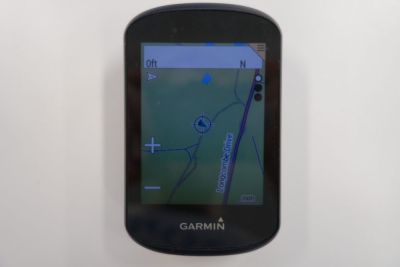
The Edge 530 has a color screen but uses buttons rather than a touchscreen
Specifications
Reasons to buy
Reasons to avoid
Finding value often requires sacrificing something that’s nice to have but perhaps not essential. In the case of the Edge 530 this means forgoing a touchscreen. If you’re happy to stick to old fashioned buttons to move through its various functions then you can save plenty of cash.
In essence it's almost identical to the more expensive 830 (minus the touchscreen), which makes it great value. You still get the 2.6” color screen. This makes it a sound choice for those placing a premium on mapping facilities. And like the 830 it includes preloaded maps and the Connect IQ feature that allows you to create routes from third party apps like Komoot. Yes, navigating these maps using buttons rather than a touchscreen is a little clunky in comparison but it doesn't impact the performance of the 530 to keep you on track.
When it comes to performance and training features, the parity between the 530 and the 830 continues. ClimbPro, V02 Max, Training Status and nutrition alerts are all here, as they are on the 830. Pair with one of the best power meters and a heart rate monitor and you’ll be able to confidently track your FTP and your training stress using individual data screens.
Read more: Garmin Edge 530 full review
Best budget unit
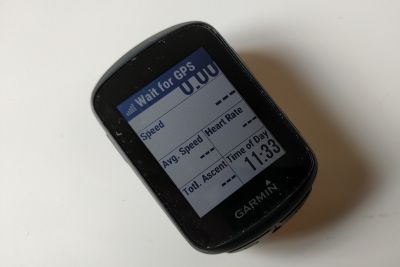
Garmin's Edge 130 is small but perfectly formed
Specifications
Reasons to buy
Reasons to avoid
The Edge 130 Plus is the cheapest cycling computer featured here. Naturally, when it comes to looking at value, that gives it something of a head start on the others.
Certainly, if cost is your most important factor, then the Edge 130 Plus is hard to beat. As a cycling computer, we think it's small but perfectly formed. The 1.8” screen is considerably smaller than most of Garmin’s more expensive offerings but not enough for it to be an issue for the majority of users. In fact, for some the Edge 130 Plus’ size could well be a positive; not all of us want or require something resembling a tablet stuck in front of our handlebars.
To help you navigate the Edge 130 Plus uses both turn prompts and a breadcrumb map and relies on multi-satellite systems to stay connected when you head off the beaten track. If you’re looking for large color maps then it’s not the device for you, but for keeping on track it’s more than sufficient. But it does more than just get you from A to B. There’s a built-in altimeter as well as the ClimbPro feature, which allows you to see the remaining gradient and elevation of any climb on your route. It’s a useful tool for improving your climbing as it’ll help you manage your effort and features on far more expensive Garmin Edge bike computers.
Other software features include Strava Live segments, Garmin’s PhysioTrueUp, which is handy for those who use a Garmin watch for other activities such as running or swimming, and a Vo2 Max calculator.
We found this small unit (it weighs just 33g) also delivers decent battery life. Garmin claims up to 12 hours in GPS mode and when we tested it on its release, this rang true. In short it’s a compact unit that packs quite the punch. While it’s the entry point into the world of Garmin GPS cycling computers for many, we believe that for lots of riders it may be all they ever need.
Read more: Garmin Edge 130 Plus full review.
Multi-purpose unit with touchscreen

The Edge 830 features an easy-to-use touchscreen
Specifications
Reasons to buy
Reasons to avoid
While now surpassed by the Edge 840, we still think the Edge 830 is a great head unit - especially if you're after a high-functioning training tool. Team it with Garmin Connect and a power meter and you can calculate metrics like V02 Max, FTP, recovery, Training Load, nutrition, hydration with the list going on and on.
Mapping is a breeze to navigate with all the expected information displayed on the high-res colour touchscreen. The computer allows you to define specific bikes with each profile allowing several data screens, which are all customizable.
There is a wealth of features and connectivity on the Edge 830, everything from Group Livetrack, incident detection, smartphone connection, physiological measurements... it really is like having a personal coach on an extended smartphone.
Read more: Garmin Edge 830 full review
Navigation-first unit
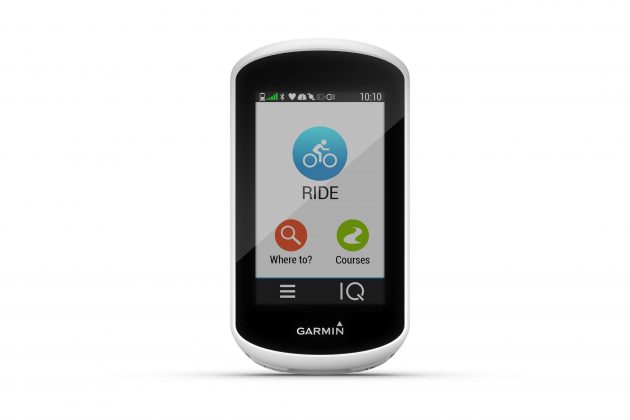
The Explore has been updated but the original still features a color touchscreen
5. Garmin Edge Explore
Specifications
Reasons to buy
Reasons to avoid
The Garmin Edge Explore features a large 76mm (3 inch) diagonal touchscreen and many of Garmin's high-end features such as Trendline routing, rider-to-rider messaging, LiveTrack as well as incident detection, and of course it is compatible with Garmin's Varia radar and lights.
It sees smart navigation features, including recalculation, round-trip routing and turn-by-turn navigation, includes Garmin's cycling-specific base map and has 16GB storage capacity. Garmin quotes up to 12 hours battery life. You don't get the full suite of training features of higher spec Edge units though, so if you're looking to track your performance you'd be better off with one of the other Edge computers.
This Garmin Edge computer is customisable with third-party apps from the Garmin Connect IQ store, including Strava, Komoot, weather apps and more. According to Garmin its battery should last 12 hours and it has a waterproofing rating of IPX7.
Discontinued models
Garmin's discontinued models, although not sold directly, are often still available if you're willing to do a bit of searching. Here are our reviews of some of the more recent:
Jargon buster
Advanced Workout: Using Garmin Connect you can plan and create personalized fitness routines that conform to specific training goals or targets.
Auto Lap: Automatically starts a new lap.
Auto Scroll: You can use the auto scroll feature to cycle through all of the training data screens automatically while the timer is running.
Auto Pause: You can pause the timer automatically when you stop moving or if you drop below a set speed. Good if your ride includes many junctions.
Garmin Connect: Garmin’s online platform to store and review your ride data.
Garmin Connect Mobile: This is the smartphone app version of Garmin Connect.
GLONASS: A Russian Aerospace Defence Force-operated satellite-based navigation system.
Interval Training: You can set up exercise and rest intervals.
LiveTrack: Lets your friends and family track your activities in real time.
Virtual Partner: This function allows you to set a virtual partner to race against, for example, you can set the target speed or pace.
ClimbPro: An automatically displayed data screen outlining any upcoming climb, showing distance, ascent and average gradient left to ride, as well as a colour-coded graph of the climb — provided you're following a course.
Physio TrueUp: Lets you switch between compatible devices while keeping physiological data in sync.
For more information go to Garmin.com
How we test
Cycling Weekly has a team of testers with vast experience of testing bikes, components, clothing and accessories across a wide range of prices and spec levels, so they know bikes and tech inside out and have the experience to know what makes a great cycling product.
Our experience means that you'll have a consistent, in depth viewpoint, which is reflected in our product scoring. You can find out more on our How We Test page.
When it comes to testing the best Garmin Edge cycling computers we log plenty of miles both outdoors and on the turbo to assess their performance. We take in consideration a range of factors, including how easy they are to set up and use and the variety of functions they offer, both as navigational and training tools, as well as practical considerations like battery life, charge time, resistance to weather and of course value for money.
The latest race content, interviews, features, reviews and expert buying guides, direct to your inbox!

I’ve been hooked on bikes ever since the age of 12 and my first lap of the Hillingdon Cycle Circuit in the bright yellow kit of the Hillingdon Slipstreamers. For a time, my cycling life centred around racing road and track.
But that’s since broadened to include multiday two-wheeled, one-sleeping-bag adventures over whatever terrain I happen to meet - with a two-week bikepacking trip from Budapest into the mountains of Slovakia being just the latest.
I still enjoy lining up on a start line, though, racing the British Gravel Championships and finding myself on the podium at the enduro-style gravel event, Gritfest in 2022.
Height: 177cm
Weight: 60–63kg
- Luke FriendFreelance writer